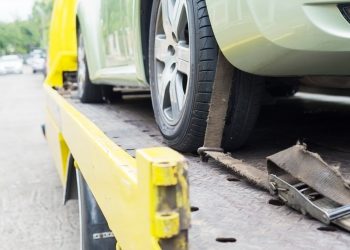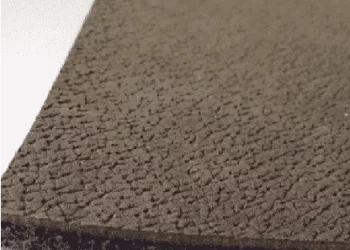
The drip irrigation system, which provides water directly to the root of the plants, is a blend of environmentalist approach and technology. The system delivers water in drops directly to the roots of the plant. The water needed by the plant can be met without wasting water. Less water is wasted and the plant gets enough water.
Systems that provide drip irrigation have a very practical installation. The irrigation system can be easily installed with the right planning.
What is a Drip Irrigation System?
The drip irrigation system consists of PVC pipes with a diameter of about 15 to 20 millimeters. This system has a pump with drip valves and a control unit. It is a state-of-the-art irrigation tool that delivers water from the source directly to the root of plants or trees.
Drip Irrigation System
There are many types of drip irrigation systems. Although these systems have slight differences, they generally provide close performance to each other. In order to choose the right irrigation system, the area of use, climate and environmental characteristics are important. You can find the right irrigation system by getting expert advice. The installation of the irrigation system consists of several steps. If you follow these steps carefully, you can easily install a drip irrigation system.
1. Planning
Making a correct and feasible planning is the first and most important step of the installation. Proper planning is necessary for factors such as the region where the system will be installed, the size of the region, its dimensions, the needs of the plants and the characteristics of the system to be used.
2. Determining the Water Source
The water source is the first place where the system will get the water that will be delivered to the plants. A water source such as a water tank or water network should be determined. The source should be as close to the agricultural area as possible. However, the irrigation system used should be able to utilize this water with the best efficiency.
3. Laying the Water and Irrigation Line
Water is transported from the water source to the plants through the irrigation line. Irrigation nozzles or droplets are placed on this line. The roots of the plant receive water from the droplets in this line.
4. Placing the Control Device
The intensity and pressure of the water flowing in the system must be under control. The control device regulates the flow of water, checks whether the droppers are clogged and ensures that the water in the system moves at a standard pressure.
After completing the installation steps, it is useful to do a test irrigation first. You can check whether the system is working or not, whether there is a faulty or missing part. You should also pay attention to periodic maintenance and supply spare parts if needed.
Drip Irrigation System Cost
The cost varies according to which system you will use. If you need a manual system, you can choose different sets such as 50 m, 100 m. The set includes all parts of the system.
In addition, shipping is provided with the installation diagram. Automatic drip irrigation developed for areas without electricity works with the help of a simple battery and you can buy it without straining your budget. Electric systems, on the other hand, are a little more costly than the others and vary according to the size of the area you will use.






